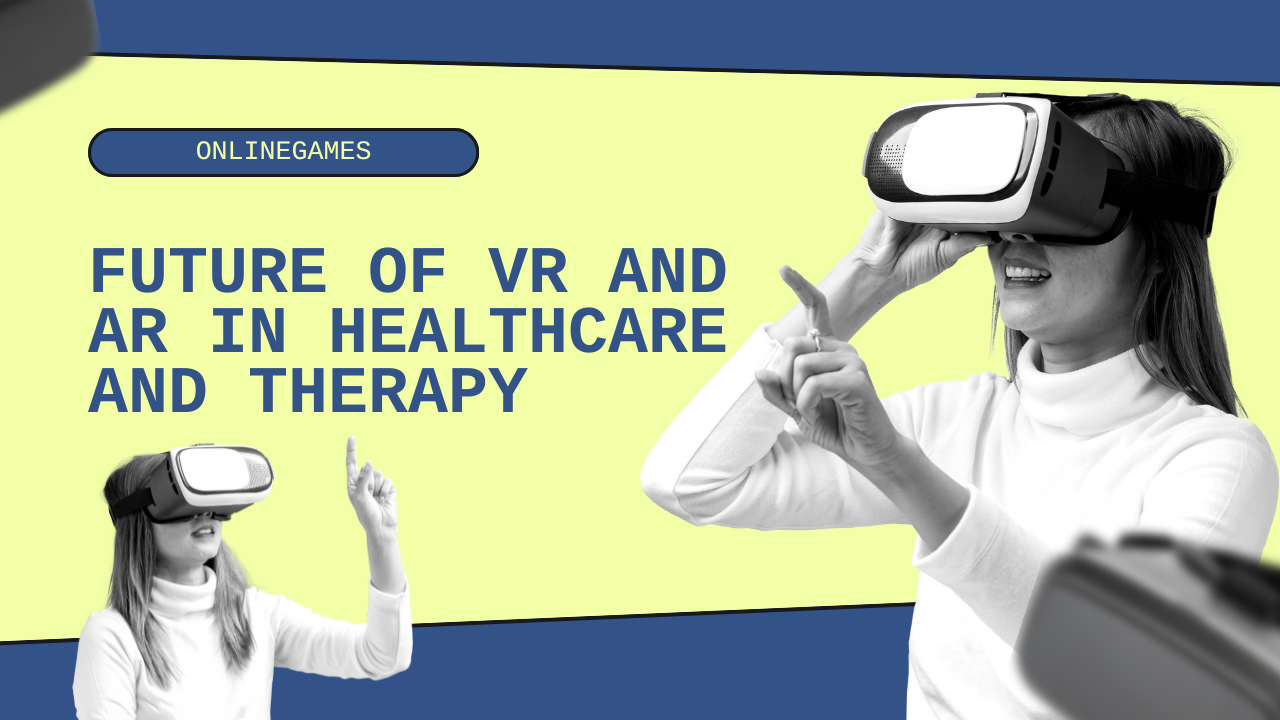Virtual Reality (VR) and Augmented Reality (AR) are poised to revolutionize the healthcare industry, offering innovative solutions for therapy, treatment, and medical education. This article explores the future applications of VR and AR technologies in healthcare and their potential to transform patient care and therapeutic practices.
Current Applications of VR and AR in Healthcare
Medical Training and Education
VR and AR enable simulation-based training for healthcare professionals, allowing them to practice surgical procedures, patient care scenarios, and emergency simulations in a safe and controlled environment.
- Benefits: Enhances learning retention, improves procedural skills, and reduces training costs.
Pain Management and Rehabilitation
Virtual reality is used for pain distraction therapy and physical rehabilitation, providing immersive environments that distract patients from pain sensations and encourage movement and exercise.
- Applications: Chronic pain management, physical therapy for musculoskeletal disorders, and recovery from stroke or injuries.
Anxiety and Phobia Treatment
AR and VR therapies are effective for exposure therapy, helping patients confront and manage anxiety disorders, phobias, PTSD, and social anxiety in controlled virtual environments.
- Virtual Environments: Simulate triggering situations, allowing patients to confront fears gradually.
Future Directions in Healthcare and Therapy
Enhanced Telemedicine and Remote Care
VR and AR technologies will enable telemedicine to become more immersive and interactive, bridging the gap between patients and healthcare providers in remote or underserved areas.
- Virtual Consultations: Doctors can diagnose, monitor, and treat patients remotely using VR interfaces.
- Remote Surgery Assistance: Surgeons can receive real-time guidance and support through AR overlays during complex procedures.
Personalized Treatment Plans
Customizable VR environments will allow healthcare providers to tailor therapeutic experiences to individual patient needs, preferences, and treatment goals.
- Behavioural Therapy: Virtual environments can simulate scenarios to address specific cognitive and behavioural challenges.
- Pain Management: Personalized VR experiences can adapt based on patient feedback and physiological responses.
Mental Health Interventions
AR and VR therapies will expand to mental health interventions, offering immersive treatments for depression, anxiety, PTSD, and substance use disorders.
- Virtual Support Groups: AR enables virtual group therapy sessions, fostering peer support and community engagement.
- Mindfulness and Relaxation: VR environments promote relaxation techniques, mindfulness exercises, and stress management.
Challenges and Considerations
Technological Advancements
- Hardware Development: Advances in VR headsets and AR glasses are essential for improving comfort, usability, and affordability.
- Software Integration: Seamless integration with electronic health records (EHRs) and healthcare IT systems is crucial for data security and interoperability.
Ethical and Regulatory Issues
- Privacy Concerns: Safeguarding patient data in virtual environments and ensuring compliance with healthcare regulations.
- Ethical Use: Guidelines for ethical use of VR and AR in therapy, particularly concerning patient consent and mental health sensitivity.
Virtual Reality (VR) and Augmented Reality (AR) represent the future of healthcare and therapy, offering transformative possibilities for medical training, patient care, and mental health interventions. These technologies will continue to evolve, expanding their applications across various healthcare sectors and enhancing the quality of care provided to patients worldwide.
As VR and AR become more integrated into healthcare workflows, they will redefine therapeutic practices, improve patient outcomes, and empower healthcare professionals with innovative tools for diagnosis, treatment, and rehabilitation.






